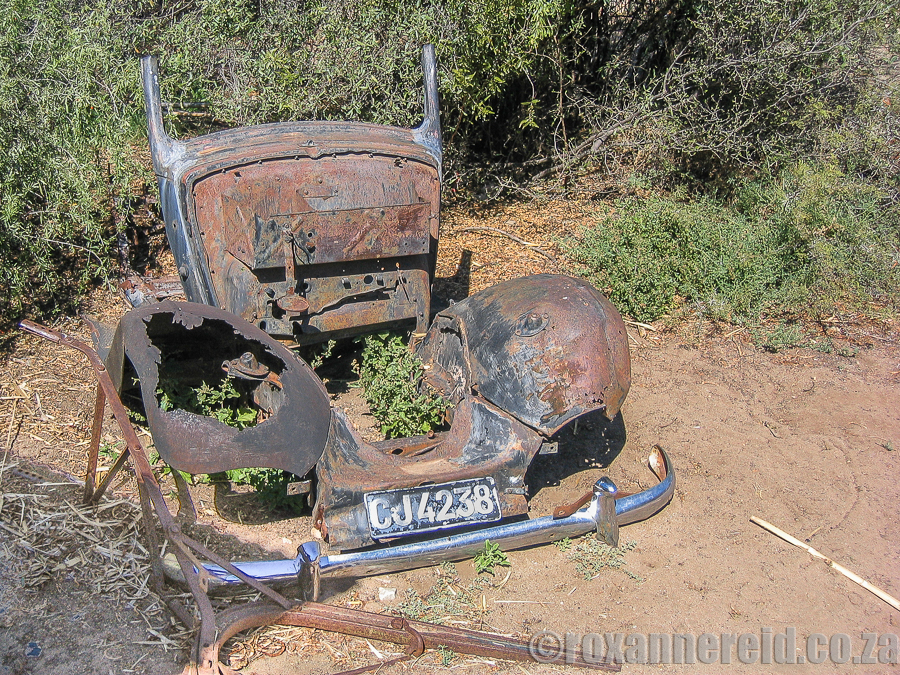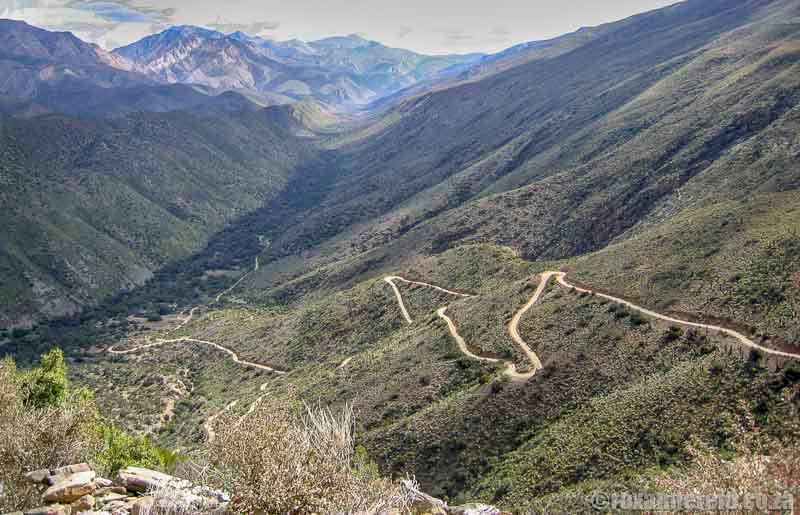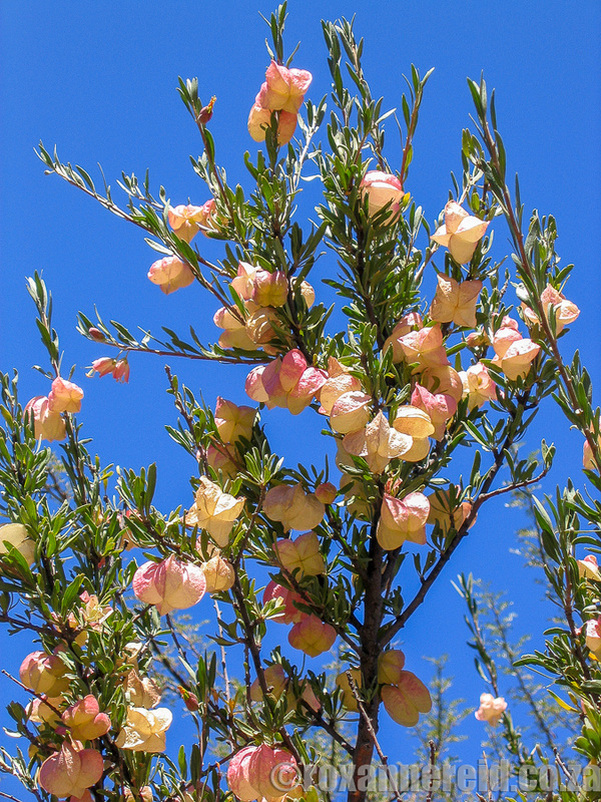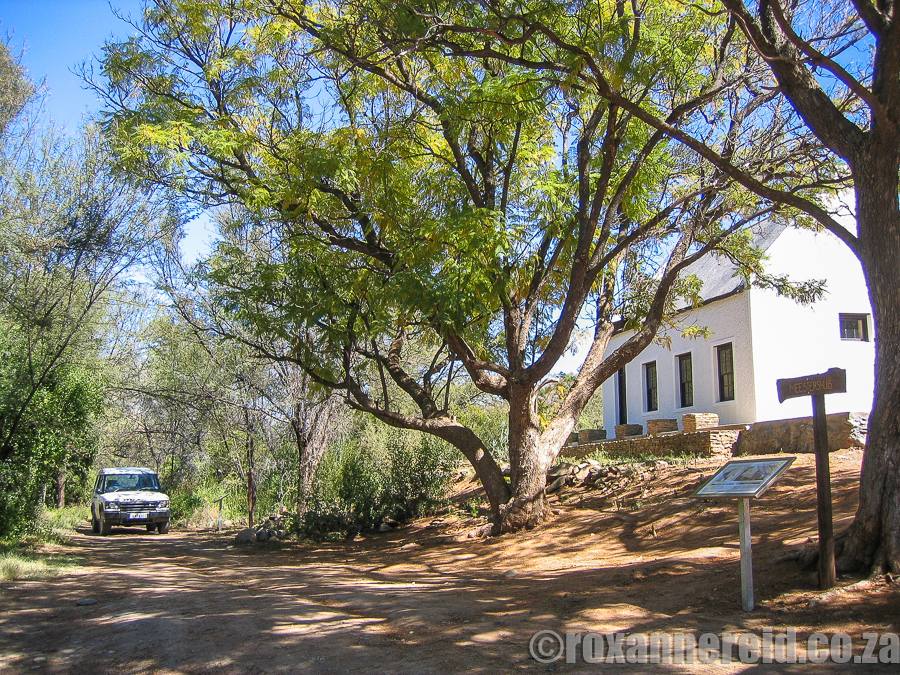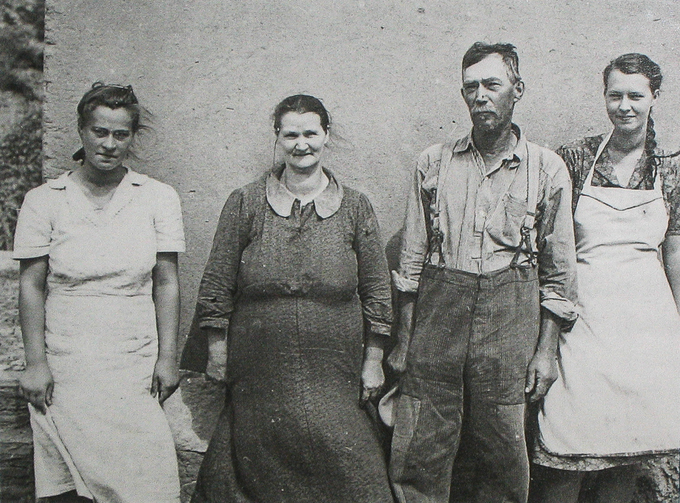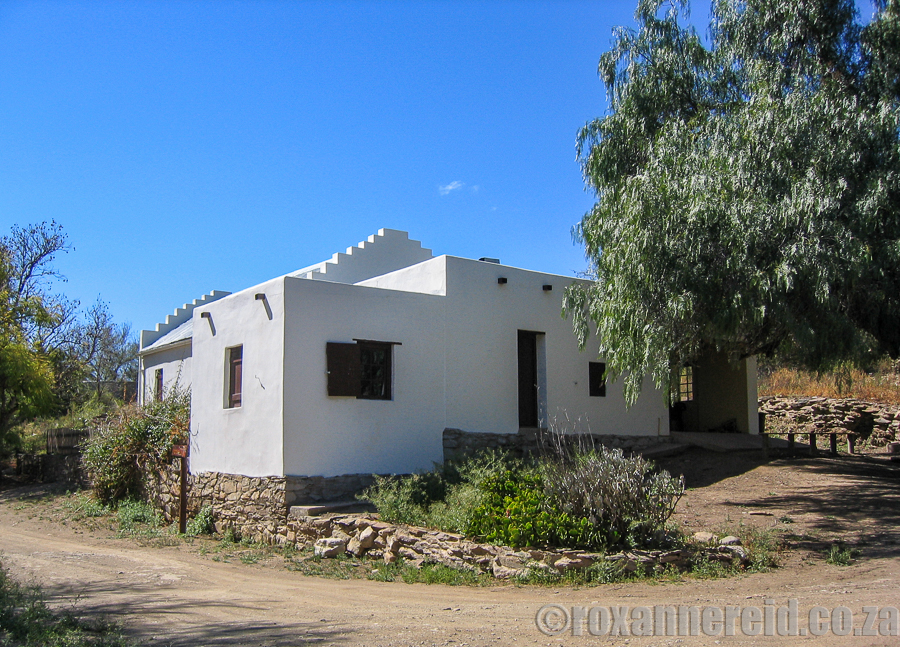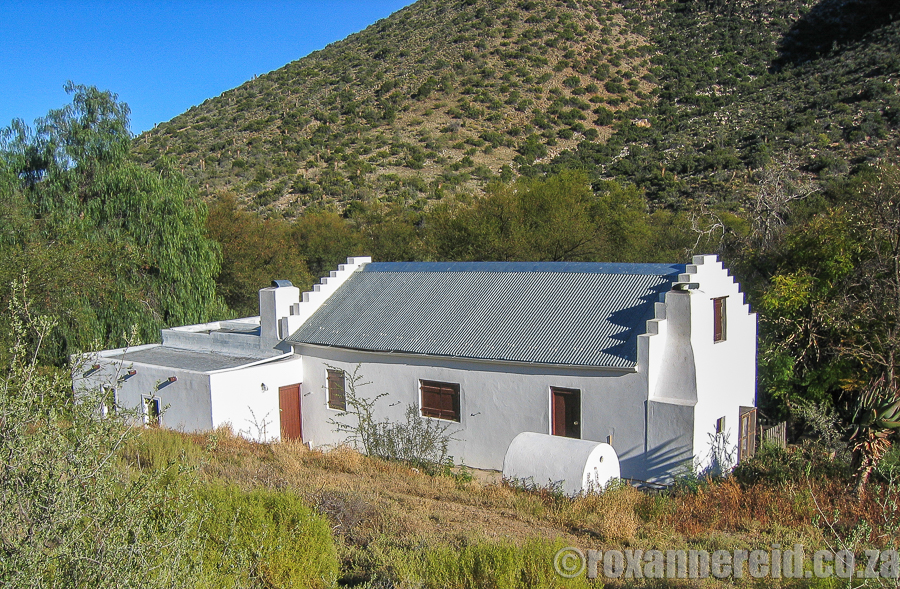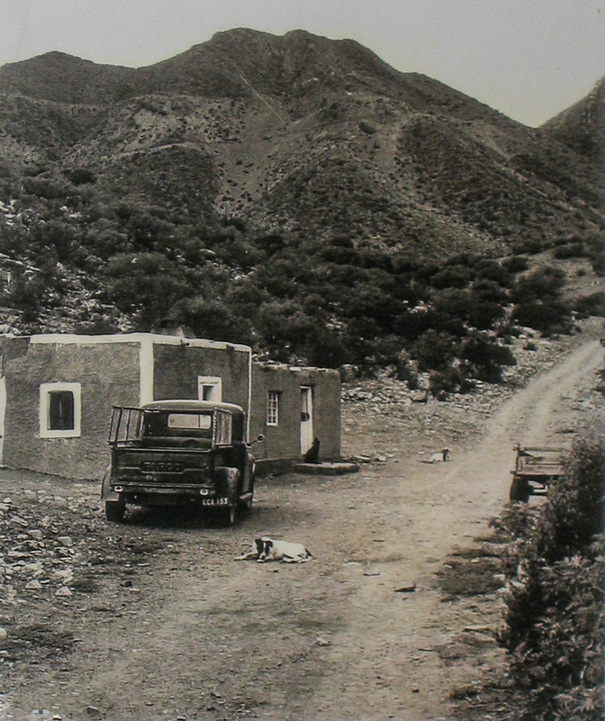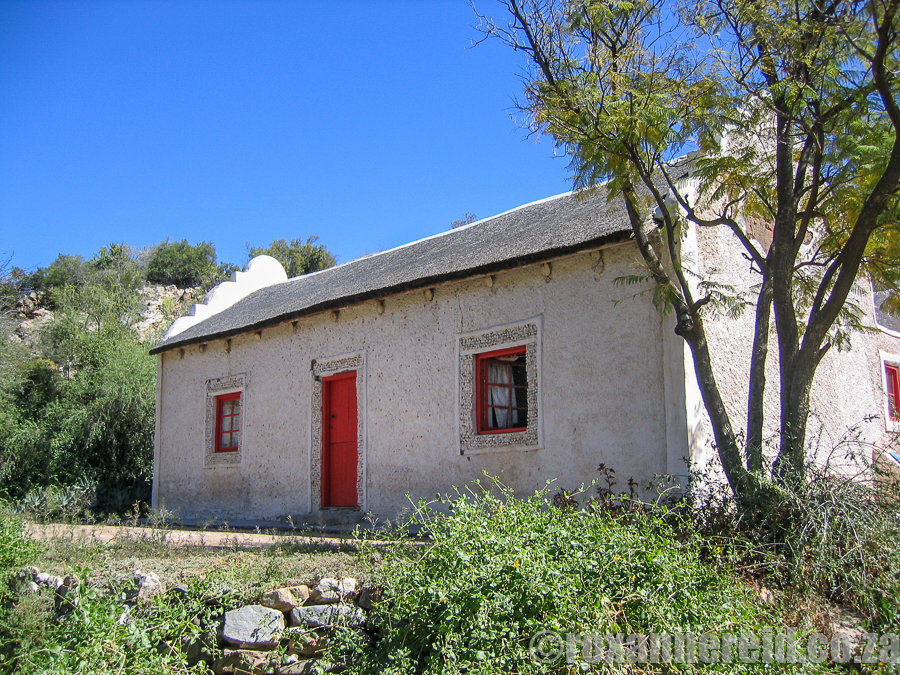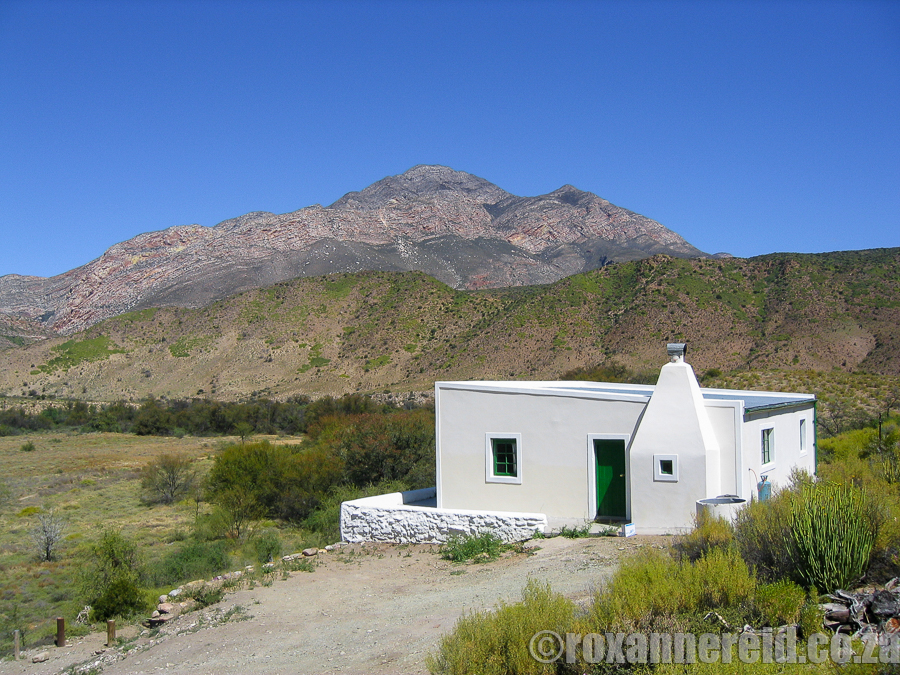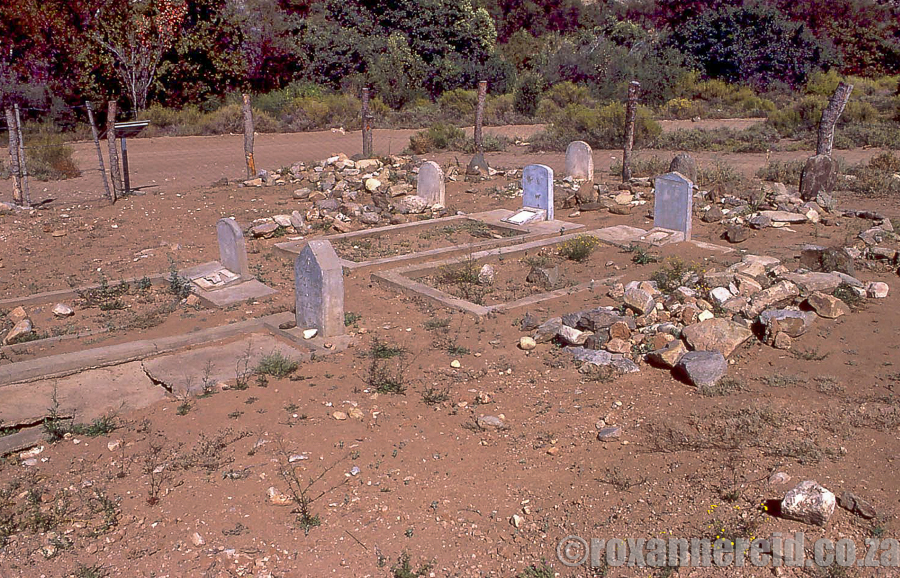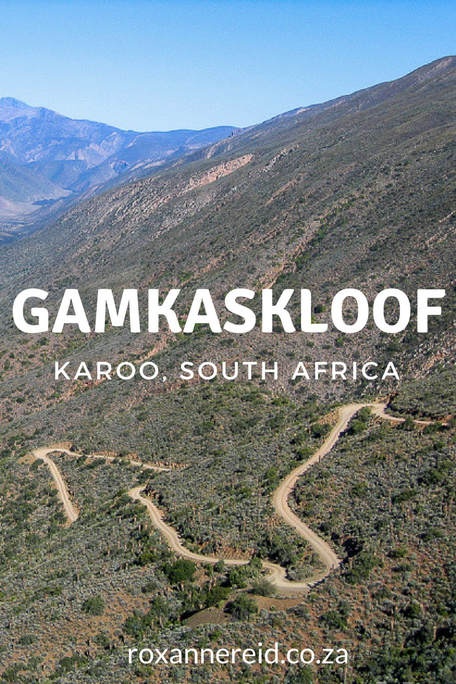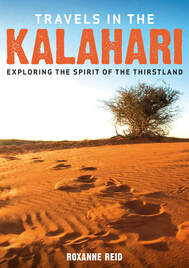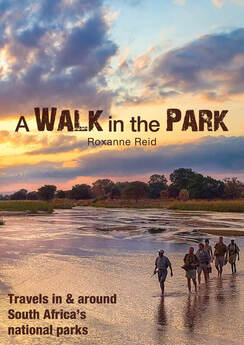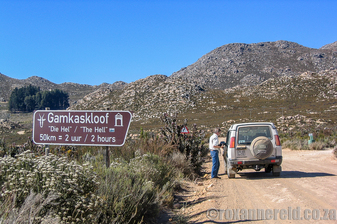
A one-legged flying doctor. A madman who lugs a car over the mountain to a place without roads. These are the kind of stories you’ll find among the silence and solitude at Gamkaskloof near Prince Albert in the Karoo, otherwise known as The Hell.
Years earlier, another farmer set out to get new wheels for his wagon. He walked 60 kilometres to Calitzdorp and back again rolling two wheels. Then he returned for two more. This fertile valley was so isolated that everything had to be carried over the mountains, whether it was wagon wheels, a heavy black-iron Dover woodstove, a millstone – or even a motorcar.
This wasn’t a question that bothered Marthiens Snyman back in 1958. Four years before an access road was built a team of men and donkeys lugged his Morris V8 over the mountains, through streams and sand. All so he could trundle up and down just 20 kilometres of track from farm to farm in the valley.
A new road to The Hell
The dirt road was initially deceptively wide and flat. Then it got more serious at Elands Pass. Steep zig-zags wobbled down the mountainside as we dropped nearly 1000m to the valley floor. Praying not to pass another car on one of the toe-curling bends – the road wasn’t wide enough so one of us would be reversing a way down a road that was alarming enough in forward gear – we arrived in Gamkaskloof two and a half hours later.
For them, the coming of the road was both a blessing and a curse. A blessing because it became easier to transport goods in and out of the valley, and a curse because it heralded the gradual erosion of a way of life that had survived since the first farm was established here in 1841. By 1980 the school was closed. The last farmer bade farewell to the valley in 1991.
One story – and there are many of these well-spiced tales from the old days – describes how Hendrik Mostert received an income tax assessment addressed to him at ‘The Hell’. Furiously he scrawled ‘Do people in hell pay income tax?’ across the envelope and flung it back into the postbox.
Nowadays the valley is part of CapeNature’s Swartberg Nature Reserve and visitors can stay in one of eleven restored homes.
On our first visit some years ago we were greeted with coffee and chat by the irrepressible Zannie van der Walt, who was a mine of information about a forgotten way of life. He’d lived for more than a decade at Ouplaas (the oldest farm in the valley, which later became CapeNature’s office) and he’d already picked up the Gamkaskloofers’ quirky sense of humour.
Asked if the people were short – because anyone over about 1.65m has to bend to get through the doors – he chuckled, ‘No, the menfolk just knew they should approach their wives with a respectful bow.’ Then he admitted it had more to do with the available trees not always being tall enough to make high door frames.
So many stories
I was thrilled to be there after the anecdotes I’d read about the valley and its people. Put aside the stories of inbred hillbillies and focus instead on a wedding reception under a tree, drinking fresh milk from a goat’s teat while herding, and a fiercely independent farmer who couldn’t drive but nonetheless bought a bakkie once the road was opened and got someone else to drive him – because in his own vehicle he was boss.
Or the tale of energetic Tant Lenie. Just 12 days after a hysterectomy in Oudshoorn hospital she caught the bus to the top of Swartberg Pass and walked nearly 60 kilometres home, carrying her suitcase and wading up to her armpits through swollen mountain streams.
But I was grateful for the chance to discover the true reason why this paradise is called The Hell: it’s hell when you have to leave it behind.
- Fish in the Gamka River if you have a freshwater angling licence.
- Do the 6km interpretive walking trail.
- Walk the 26km (3-night) slack-packing donkey trail from Calitzdorp into the valley.
- Take your binos and go bird watching for species like black, fish and martial eagles, Cape sugarbird and pied kingfisher.
- Be alert and see if you can spot animals like buck, baboon, even leopard or caracal.
- Go plant-spotting for some of the 4500 species that grow here.
- This is the big-sky Karoo, so don’t miss the chance for some star gazing after dark.
- Visit the museum and info centre at Ouplaas (reception area).
Need to know
- To book a stay at Gamkaskloof, phone CapeNature on tel 021 483-0190.
- To find out more about the Swartberg Nature Reserve and its hiking trails, download CapeNature’s brochure.
- On your way into or out of the valley it’s well worth stopping at the Fransie Pienaar Museum in Prince Albert to find out more about the people who lived in Gamkaskloof.
- For more to do in Prince Albert, see 21 things to do in Prince Albert, Karoo.
Like it? Pin this image!
Cape Nature reserves: from Cederberg to Kogelberg and more
Drive the Swartberg Pass in the Karoo
Meet the ghosts of Prince Albert in the Karoo
Copyright © Roxanne Reid - No words or photographs on this site may be used without permission from roxannereid.co.za
